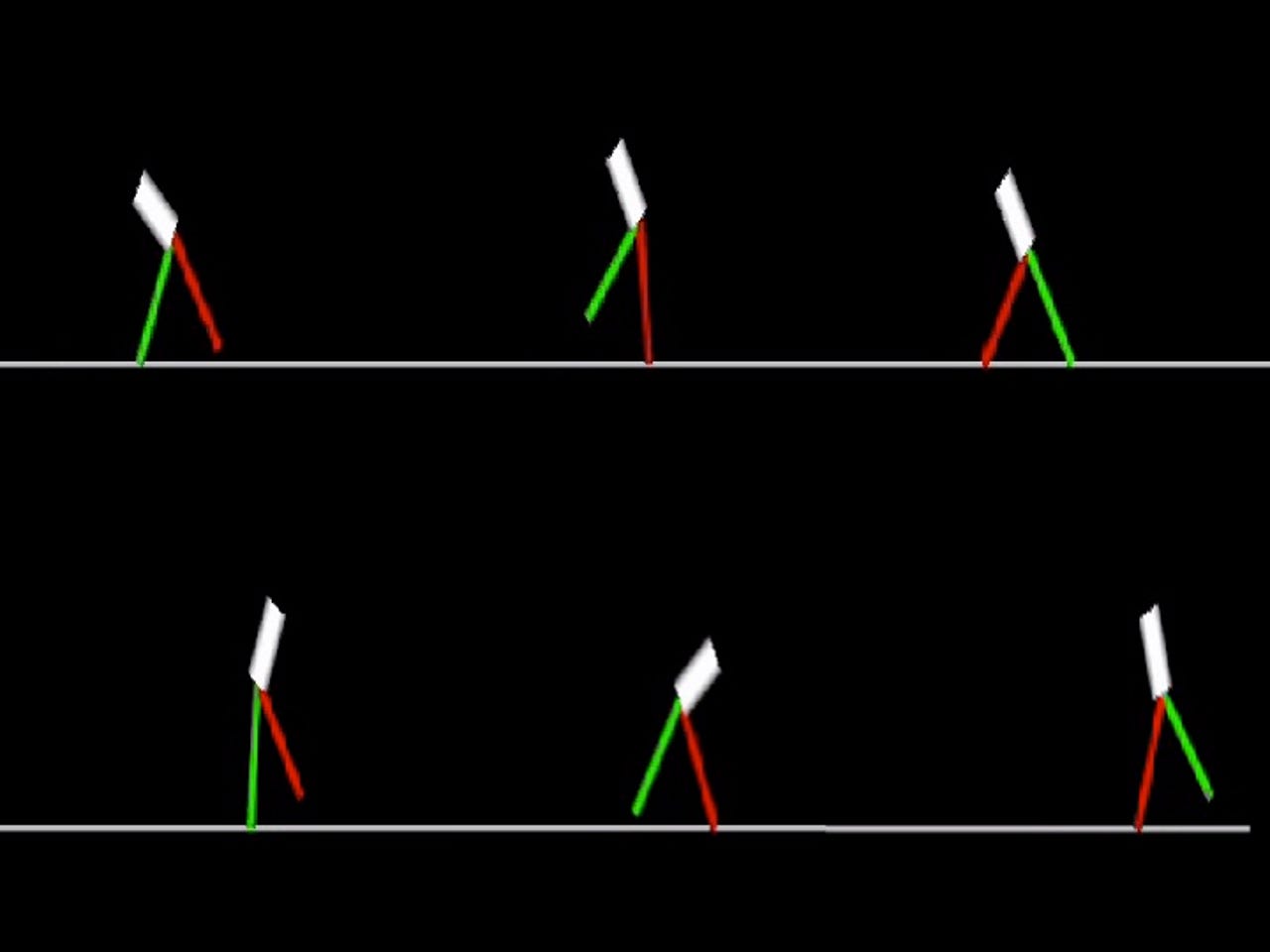How Many Tablets On the Market Today? North of 100 (Charts)
Management consultancy PRTM - imagine a boutique version of McKinsey or Boston Consulting - shared some very interesting findings about the tablet marketscape with me on the eve of the Mobile World Congress show in Barcelona.
1) There were 102 tablets already released or in production from 64 vendors as of the end of January.
The majority of them are the result of the phenomenal success of the iPad, which was released last April, just 10 months ago.
Today, the true total is 110 or more, due to the tablets announced and leaked in the last two weeks before MWC. They include:
the 10-inch, dual-core HP TouchPad,
the Wintel-based ViewSonic ViewPad 10Pro,
the Dell Windows 7 Business Tablet as well as the Dell Latitude XT3 convertible laptop/tablet,
a forthcoming Android tablet from INQ,
and the Galaxy Tab 2 from Samsung that would be the first to use the tablet-oriented Android 3.0 Honeycomb operating system.
Why has the tablet market grown so fast? Besides consumer demand, Huw Andrews, a director in PRTM's technology group, chalks it up to these reasons:
a) Small aggressive companies quickly adapted existing smartphone components for the larger form factor. Think of the Shanzhai knockoffs (APad!) or the $99 models you can find in your local drugstore. In fact, less than a third of the tablets available for sale by the end of 2010 were from large global brands like Apple or Samsung, said Andrews.
b) PC makers had no choice, as tablets cannibalized low-end laptops and netbooks. "If you're Dell or Lenovo, you kinda got to jump on," he said.
c) Tablets offer a "beachhead where tablet makers can attack both the mobile phone and laptop fronts."
2) Hard quantitative proof that ARM is kicking Intel's butt (click graphic to enlarge).
ARM's dominance is even more skewed if you consider that the iPad, which uses an ARM processor, made up about 90% of the total tablet market in 2010.
It's so striking because it wouldn't seem like a fair fight. Intel is a $44 billion-a-year company with 83,500 employees, while ARM is a $500 million-a-year, 1,900-employee firm.
On the other hand, ARM has an ecosystem of hundreds of chipmakers who collectively sell more than 5 billion ARM chips a year.
"It's a David versus Goliath battle, I just can't figure out who is who," said Andrews.
3) Two form factors are proving the most popular, following the iPad and Samsung Galaxy Tab's lead:
4) By number of models, Google Android is also nearly twice as popular than Windows.
Android is used in 55% of tablets available today, according to PRTM, while Windows XP or 7 is used by 29%. iOS is used on just 1% of models. But as noted above, that sole model holds almost 90% of the market, by shipments.
Andrews also had four notable predictions, were an outgrowth of PRTM's tablet market research:
1) Tablet market growth will outpace the PC and even smartphone markets by a huge margin.
Based on forecasts such as the global tablet market amounting to 200 million units sold in 2014, PRTM's Andrews predicts that the tablet market should grow four times faster than the smartphone one and 5 times faster than the PC market over the next 4 years.
2) Tablet manufacturers that aren't already aligned to an OS like the way Apple, Nokia, HP and RIM are, will continue to offer tablets running multiple platforms. In other words, the Samsungs, LGs, Lenovos and Dells of this world will be making both Android and Windows-based tablets, in order to serve different customer segments.
3) Consumers will buy most tablets for the next several years.
4) The tablet market will splinter. Within two years, there will be a few premium models such as the iPad that offer customized user interfaces or apps as differentiators. But the bulk of the market will be low-cost commodity tablets that are nearly indistinguishable.
